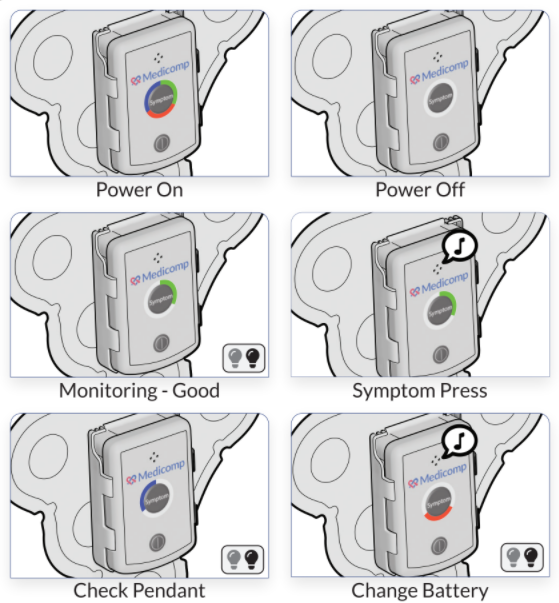
Past studies of the long-term effects of cardiorespiratory fitness and the aforementioned AF and stroke are well documented; however, interval change in cardiorespiratory fitness has not been thoroughly determined until now. Likewise, data has been gathered concerning self-reported physical activity, which leaves human error as a considerable obstacle. This study used a more quantitative approach for its source of information.
A total of 3,096 patients over the age of 18 and without documented AF/flutter participated in this study. Of those, 93% were white and ¼ were female. All had at least two prior treadmill exercise stress tests to determine their cardiovascular health. Thirteen years after the initial test, 15.5% of the patients had died, 13% contracted AF/flutter and 11.9% suffered at least one stroke.
Functional aerobic capacity was tested during follow-up. It was found that a 10% increase in functional aerobic capacity at baseline correlated with an 8% lower risk of AF/flutter, a 10% decrease in the risk of stroke, and a 17% lower risk of death. An interval increase of 10% in functional aerobic capacity showed even better statistics, with 12% risk reduction for AF/flutter, 11% decrease in the prevalence of stroke and an 18% drop in mortality. Multivariate adjustment showed participants exhibiting gains in cardiorespiratory fitness had a 26% drop in AF/flutter, a 39% risk reduction for at least one stroke, and a 52% decrease in mortality.
The participants were classified as either fit (functional aerobic capacity 90% or greater) or unfit (functional aerobic capacity less than 90%). Those participants who transferred from one category to another on a repeat exercise test showed significant changes in risks for incidence of AF/flutter. For patients who tested as unfit but increased their functional aerobic capacity to transfer to the “fit” category, they showed a 44% decrease in AF/flutter, a 12% reduction in the risk of stroke, and a 46% decrease in all-cause mortality. Fit participants who transferred to the unfit category noted an increase of 43% for incident AF/flutter, a 44% rise in risk for stroke, and a 51% increase in the risk for all-cause mortality.
The study confirmed the inverse association of cardiorespiratory fitness with AF/flutter, stroke, and mortality along with the long-term effects of an interval change in cardiorespiratory fitness on mortality as well as outcome. ReactDx recognizes the importance of exercise and cardiorespiratory fitness and has designed its wearable cardiac monitors to be lightweight, easy to use, and durable so patients can quickly determine if their level of cardiorespiratory exercise is healthy for their heart or overly stressful. Contact ReactDx today at 800-234-3278 (800-23-HEART) to speak with a consultant, and read our latest blogs for information on the latest cardiovascular studies, technology, and news.



